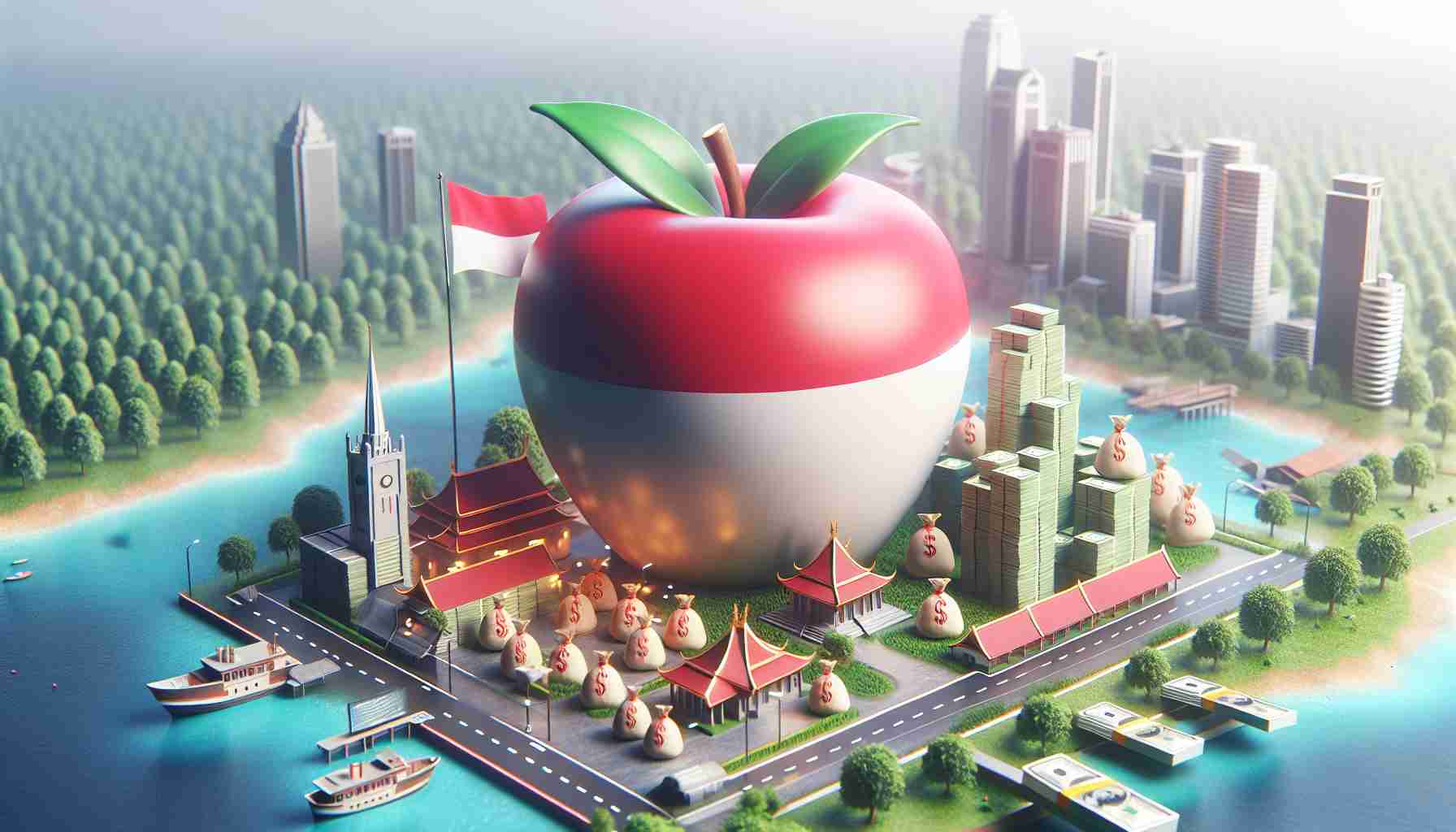The recent conflict between Russia and Ukraine saw the use of the new Oreshnik missile targeting the city of Dnipro. Following this strike, certain Russian Telegram channels shared satellite images purportedly depicting the destruction caused by the attack. However, these images painted a starkly different picture than what Russian sources claimed.
One particular channel highlighted the Pivdenmash plant, suggesting it was the missile’s target. Contrary to Russian assertions of total annihilation, the satellite images showed little to no significant damage. While Russian media trumpeted the narrative that the plant was “erased to dust,” the reality depicted in the images suggested otherwise, revealing the facility largely intact.
Ukrainian blogger Denis Kazansky noted the stark contrast between propaganda and reality. For two consecutive days, Russian sources insisted that the Pivdenmash plant had been obliterated, illustrating a potential gap between claims and actual evidence. This emphasizes the ongoing battle not only on the ground but also in the realm of information, where narratives are shaped and reshaped by conflicting accounts.
As the situation evolves, the importance of verifying information and viewing claims through a critical lens remains vital. The discrepancies between reported destruction and the state of the affected areas remind observers of the complex nature of war communications in this troubled region.
Deceptive Narratives: The Impact of Misinformation in Modern Warfare
In the context of the Russian-Ukrainian conflict, the role of misinformation and propaganda has profound implications for individuals, communities, and nations. Beyond the immediate destruction caused by military actions, the war of narratives can sway public opinion, shape international responses, and even impact the psychological well-being of civilians caught in the crossfire.
Information Warfare: A New Dimension of Conflict
In modern warfare, the battle extends beyond traditional combat. The use of social media and online platforms allows for rapid dissemination of information—often unverified—that can either bolster support or incite fear. For instance, the starkly different representations of the Oreshnik missile strike on the Pivdenmash plant illustrate how opposing sides can manipulate the truth for strategic gains.
This manipulation of information not only influences the perceptions of the local population but also affects international audiences and governments. The question arises: How does misinformation during conflicts alter global foreign policy decisions? When a government perceives a threat based on exaggerated reports, it might alter its stance, leading to heightened tensions or unwarranted military support.
Advantages and Disadvantages of Information Manipulation
Understanding the effects of misinformation reveals both advantages and disadvantages:
– Advantages for Perpetrators:
– Control of Narrative: Governments can foster a sense of nationalism and justify military actions by framing the narrative to portray themselves as victims or heroes.
– Influencing International Opinion: By manipulating facts, a country may gain sympathy and support from other nations or organizations, thus affecting geopolitical alliances.
– Disadvantages for Civilians:
– Psychological Distress: Continuous exposure to conflicting information can lead to confusion, fear, and anxiety among civilians, impacting mental health within communities.
– Erosion of Trust: Persistent misinformation can erode trust in institutions and media, leading individuals to question everything they hear, further complicating the dissemination of factual information.
Fact vs. Fiction: A Continuous Challenge
One controversial aspect of this misinformation battle is the role of technology. With the rise of deep fakes and AI-generated content, the line between reality and fabrication becomes increasingly blurred. The challenge, then, is not only to identify misinformation but also to educate the public on how to critically analyze the information they receive.
Moreover, in regions like Ukraine and Russia, where the government tightly controls media narratives, citizens often rely on independent or foreign news sources. This reliance raises another question: To what extent are these alternate sources trustworthy? Even independent news outlets can have biases influenced by their respective countries or political agendas.
The Path Forward: Promoting Media Literacy
To combat the adverse effects of misinformation, enhancing media literacy among citizens is essential. Educational programs focusing on critical thinking skills and the ability to discern credible information can empower communities to navigate the complexities of the information landscape effectively.
The role of international organizations in promoting factual reporting and providing platforms for credible voices becomes especially crucial. This can help ensure that narratives in conflict zones are not solely controlled by those with power but include a diversity of perspectives, reflecting the actual conditions on the ground.
In conclusion, as conflicts like the one in Ukraine evolve, the significance of distinguishing truth from propaganda remains critical. By addressing the challenges of misinformation head-on, societies can strive towards greater understanding and peace.
For further insights on the impact of media in conflicts, you can explore more on BBC News.












